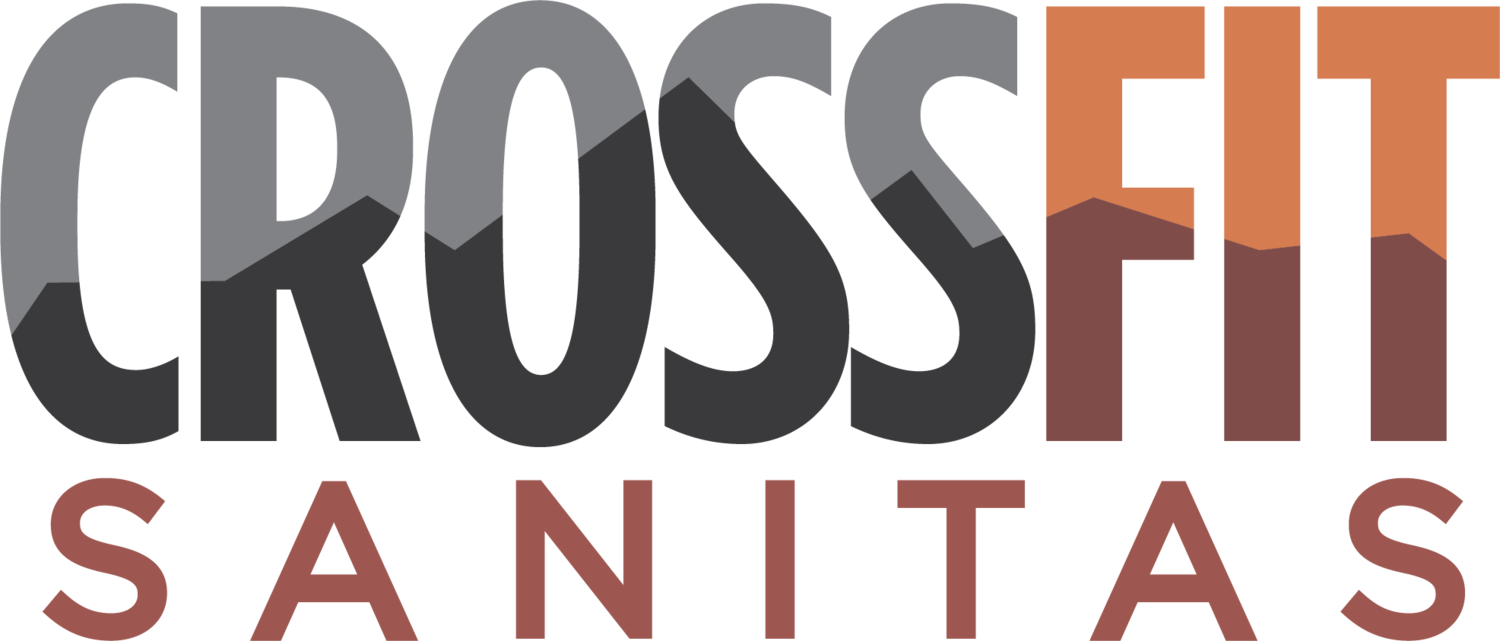Why You Might Not Be Losing Body Fat
For years, I stayed at the same body fat, frustrated with my lack of progress. No matter how hard I worked out, the needle never moved. Over the last few months, I've made some tweaks and I've lost 4% body fat and gained 2.5 pounds of muscle! The change? Fixing my timing, making sure I was eating enough, and ensuring it was the right stuff.
Eating enough
One of the biggest issues we as adults run into is that our days are really full. It's easy to wake up early and not eat breakfast (especially if you have kids), and make it all the way to lunch without having eaten anything.
I always ate breakfast, but it used to be 1-2 fried eggs with tomatoes, some arugula and a banana. By 9:30, I was pretty hungry, and I'd snack on whatever was around. Then, because I'd snacked, I would eat a small, late lunch. I snacked again in the afternoon (usually on sugar and sweet foods to prop me up), and then it was time for dinner. I didn't realize it, but my breakfast choices were impacting my whole day, leading to lots of snacking, as well as real peaks and valleys in my blood sugar.
When I finally started tracking what I ate in the myfitnesspal app, I realized I wasn't eating enough food. I'd started my day with too little, and not being able to make it to lunch without a snack threw off the rhythm of my whole day. In the end, increasing my calories - especially at the beginning of the day - encouraged me to make better choices.
Getting lots of veggies
Feeling tired in the afternoon led to some major cravings, but that wasn't all to do with hunger. Some of it was just my body asking for more nutrients. I started adding a lot more veggies to my breakfast, aiming to get 4-6 veggies + 2-3 eggs. I do that 5 mornings a week and I've felt so much better.
Here's my breakfast now:
Ingredients:
2 Tbsp. finely chopped leeks (one of the best sources of prebiotics for your gut microbiome)
1 sweet potato (a great source of carbs, as well as many other nutrients)
3 chopped kale leaves
3-6 shiitake mushrooms, depending on size
6 cherry tomatoes
1 Tbsp. chopped pine nuts
1/2 avocado
1/2 Tbsp. coconut oil
Salt and pepper to taste
2-3 Tbsp. of bone broth (I like Boulder Broth - made by CrossFit Sanitas’ own Kirstin Raynor)
3 eggs
Directions:
Finely chop the leeks and let them sit for 5-10 minutes before cooking.
While they're sitting, pierce your sweet potato several times with a fork and cook in your microwave for 4 minutes. If not soft all the way through, cook for another 2-4 minutes.
While that's cooking, chop kale, mushrooms, tomatoes, and avocado.
Heat coconut oil on low-medium heat and add leeks. Wait 30 seconds and then add kale, mushrooms, tomatoes, pine nuts, salt and pepper.
Add the bone broth. If you don't have broth, you can just add water and salt. The liquid keeps the leeks from browning too much and helps the kale cook more evenly.
Stir occasionally for 1-2 minutes until the kale and mushrooms are cooked through.
Chop sweet potato and add to pan.
Scramble 3 eggs together in a bowl and stir in to veggie mixture. Stir occasionally, then add avocado.
Let sit off of the burner for one minute with lid on so the eggs continue to set and the avocado warms to the same temperature.
A note: You don't have to use the same veggies that I've listed here. Change it up and substitute your favorites! Try to pick veggies that are more nutrient-dense (i.e. zucchini, asparagus, broccoli, cauliflower, sunchokes), and are great prebiotics (i.e. garlic, radishes, jicama, carrots, asparagus). You can also experiment with different spices that have nutritive qualities, like turmeric or basil.
This might seem like a lot of work, and you may be thinking that you don't have time for this. I'll say this: This only takes 10 minutes to prepare, but if you simply don't have time every morning, you can always make it ahead of time. One way or another, you definitely have 10 minutes to devote to your health. Try it for a week and see how you feel!
Timing
Once I got my calories right, the timing for the rest of my meals fell into place. I made myself eat lunch whether I felt hungry or not, and that made it easy to stay away from sugary snacks before dinner. By the end of the day, I'd made good choices the whole way through, which helped me lose body fat, combatted brain fog, and got rid of my regular afternoon drowsiness.
Aside from getting the right amount of calories, planning WHEN I ate them made a big difference. Nutrient timing is important to take advantage your body's natural insulin rhythms and help you feel your best. I tried to eat most of my starchy carbs after a workout and distribute my fat and protein (and fiber) evenly throughout the day. If you'd like to know a little more about timing your macros, Precision Nutrition has a great post with how-tos and examples.
Just remember: every step you take toward your goals gets you closer to achieving them. Good luck!



